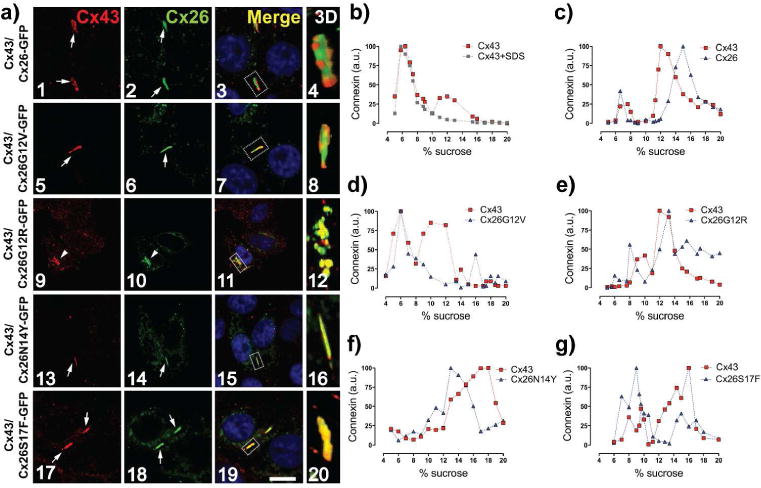Figure 2. Syndromic mutations change the oligomerization compatibility of Cx26.

(a) Confocal images of HeLa cells co-expressing Cx43 (red labeling) with WT or mutants Cx26. Arrows point GJ plaques. Arrowheads show perinuclear staining. Nuclei were staining with DAPI. Dashed rectangles in the merged panels show regions of interest for 3D image projections. Bar=10 μm. (b,c) Cx43 and Cx26-GFP do not co-sediment in the same oligomeric fractions. Graphs represent the levels of Cx43 and Cx26GFP in each sucrose fractions in samples from HeLa cells that were transfected with Cx43 (b) or co-transfected with Cx43 and Cx26-GFP (c). Samples treated with SDS (red square). (d–g) Syndromic mutants co-sediment with Cx43 in new oligomeric fractions. Graphs show levels of Cx43 and mutant Cx26 in sucrose gradient fractions from cells co-transfected with Cx43 and the respective mutant. (n=4).
